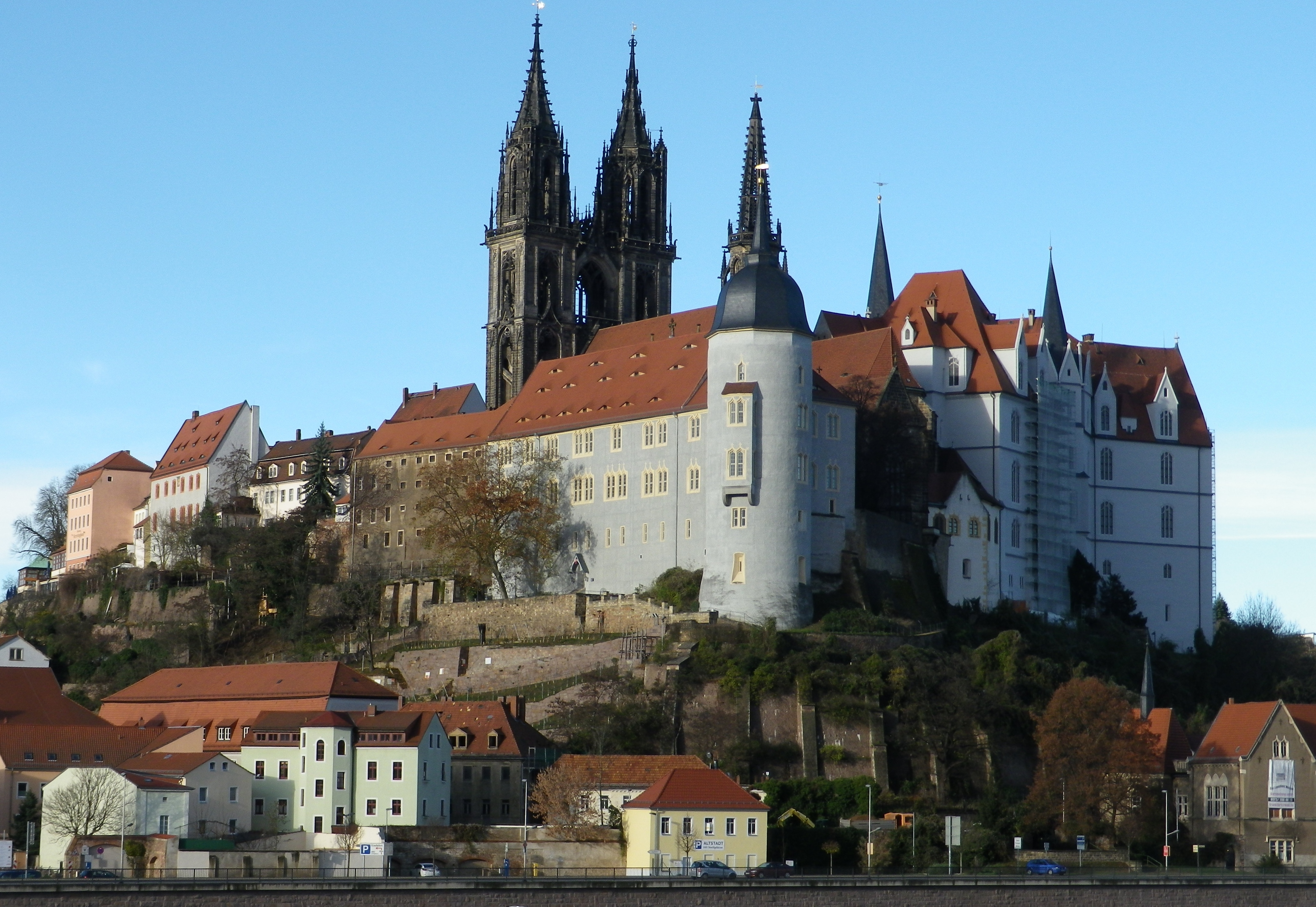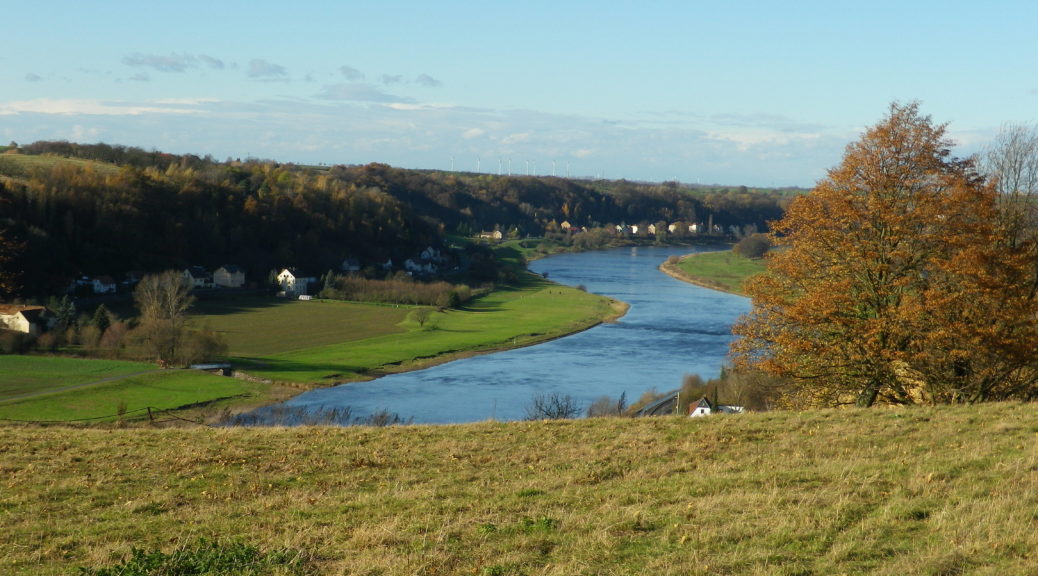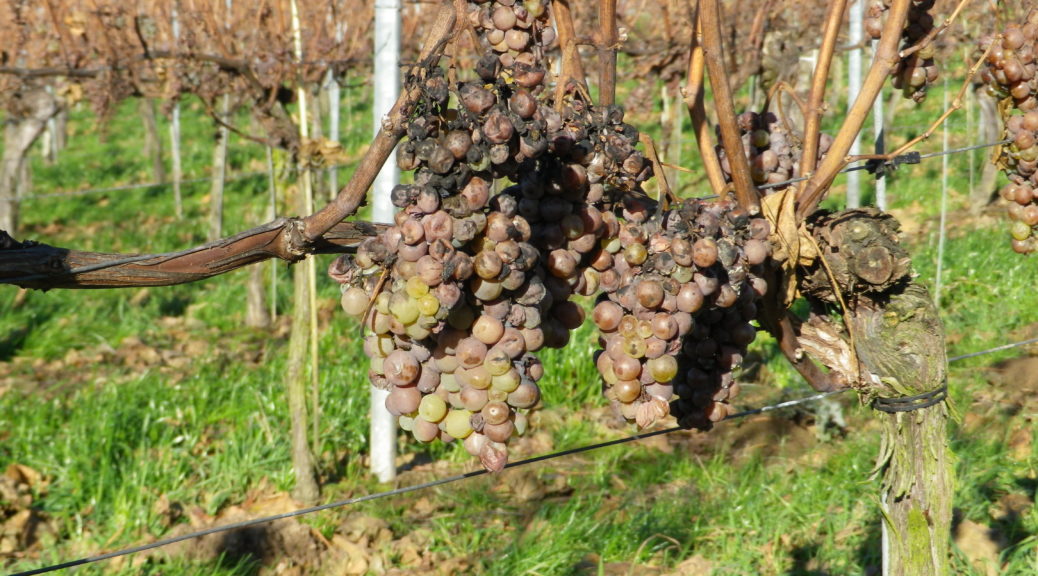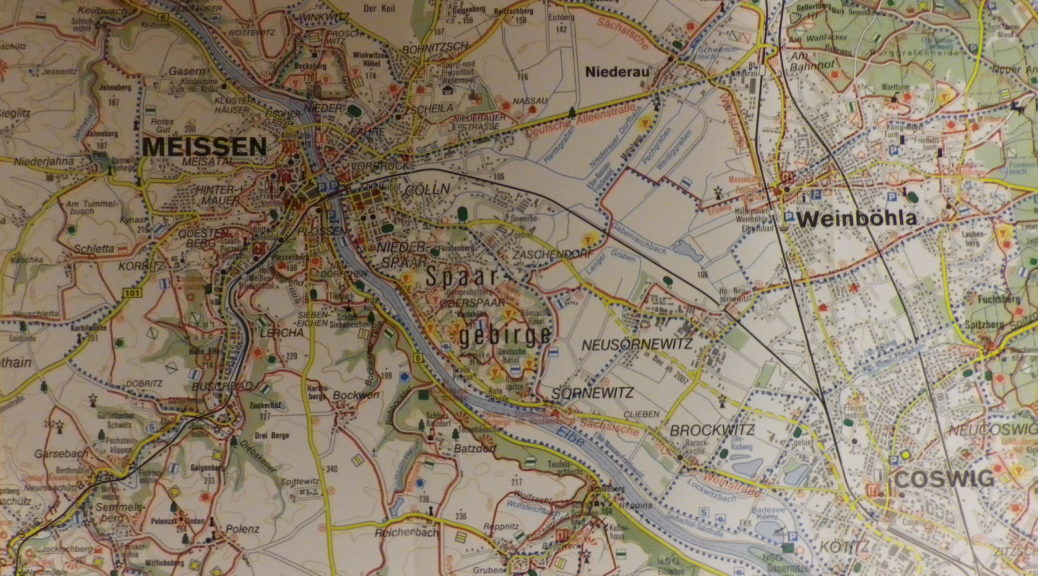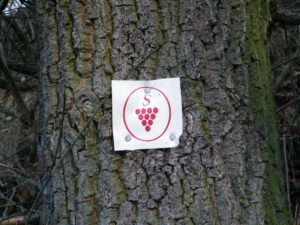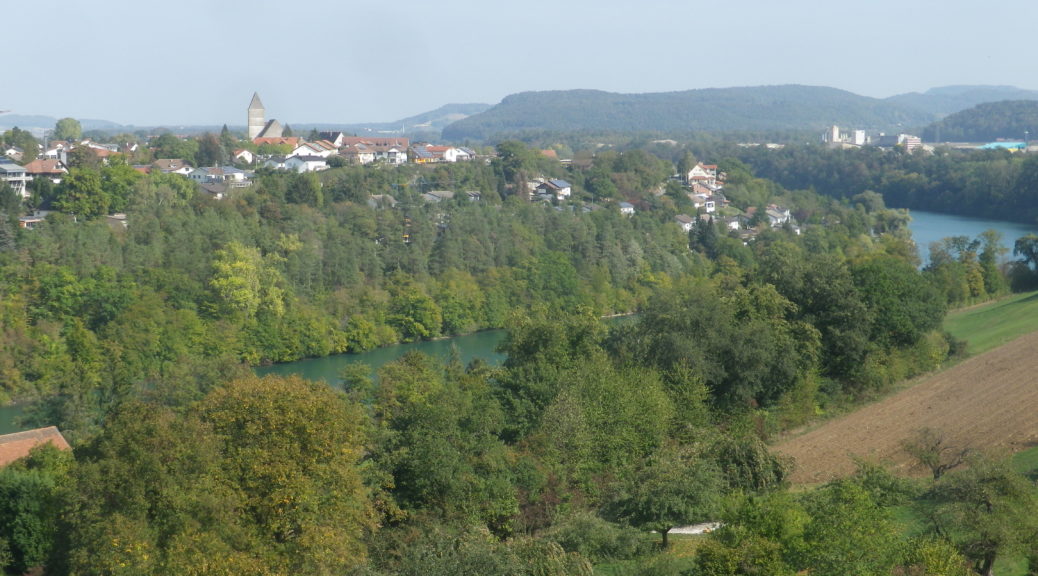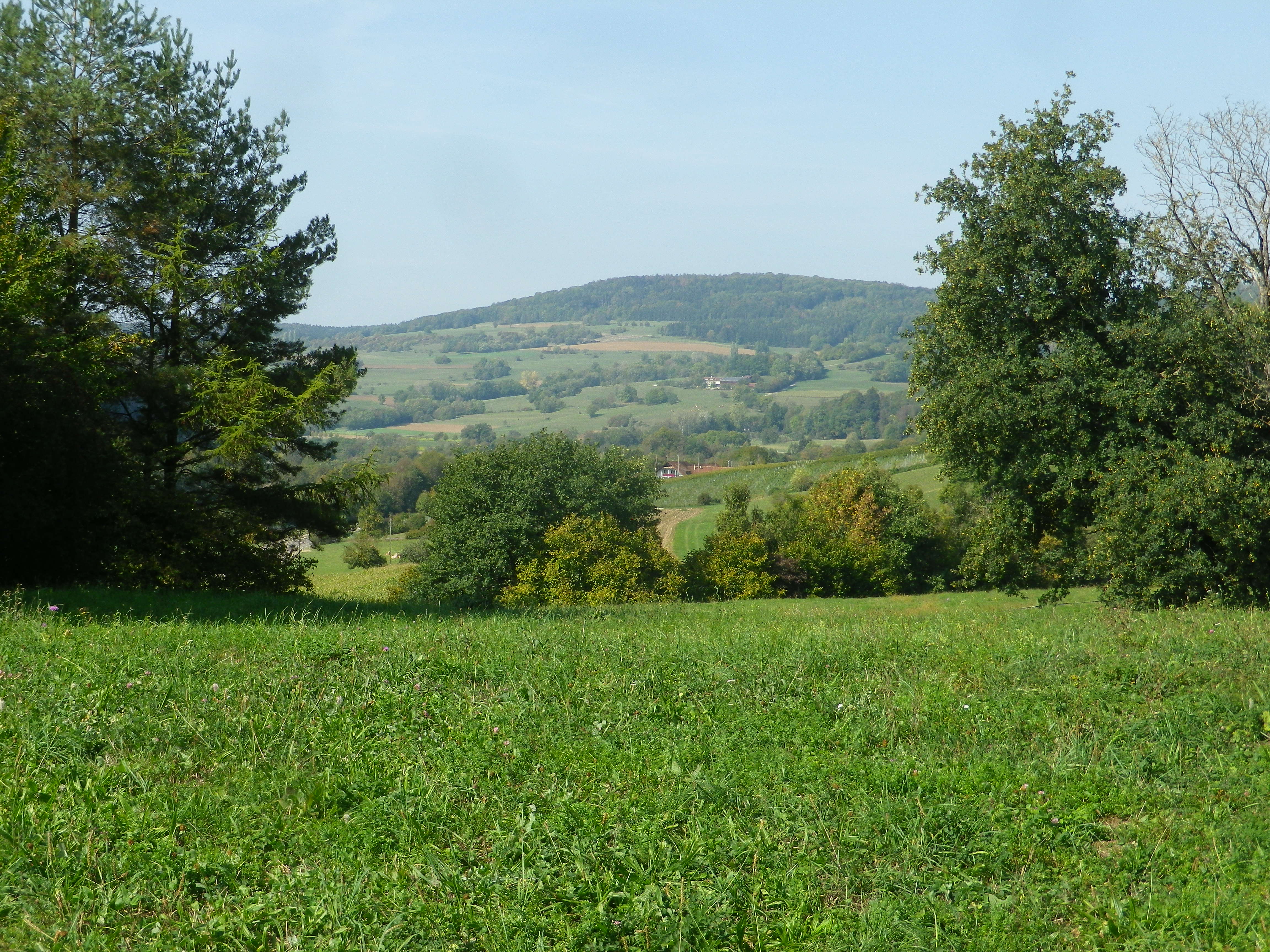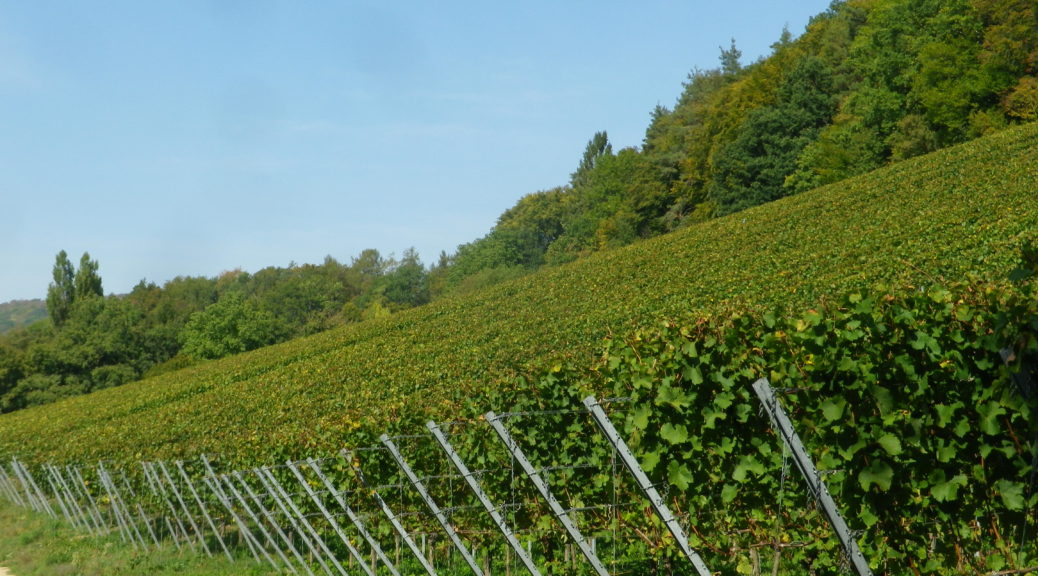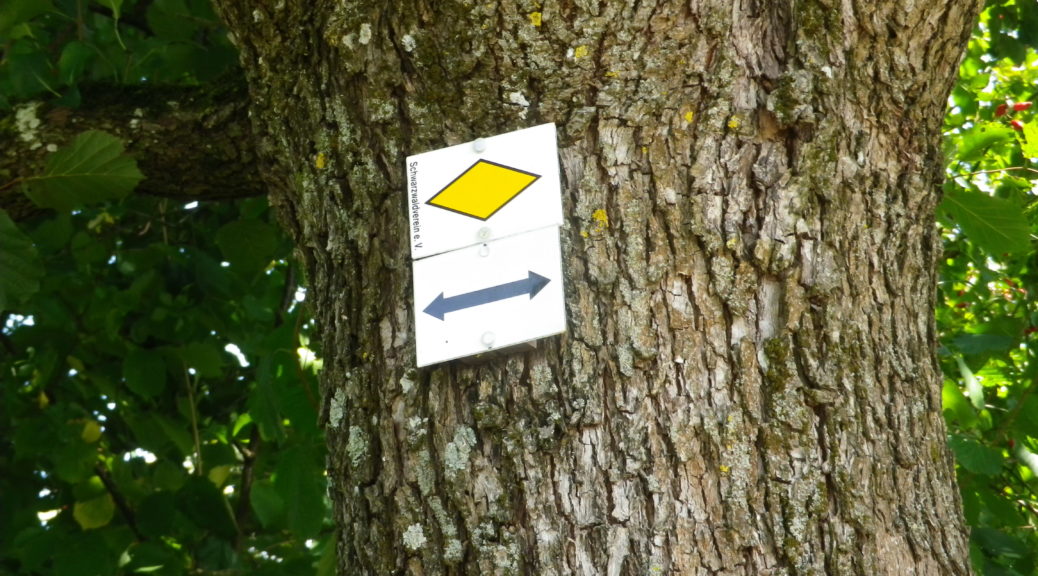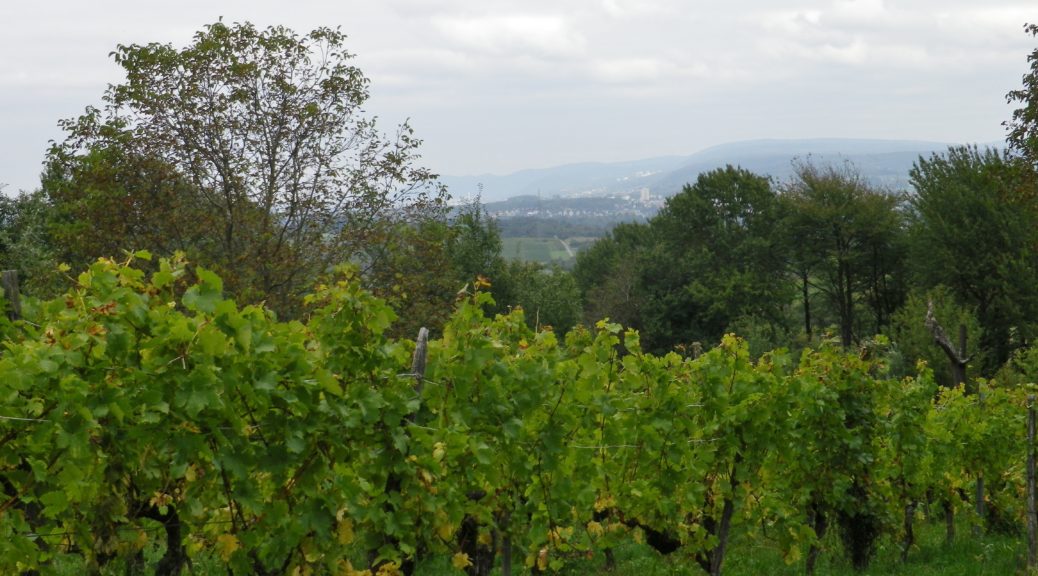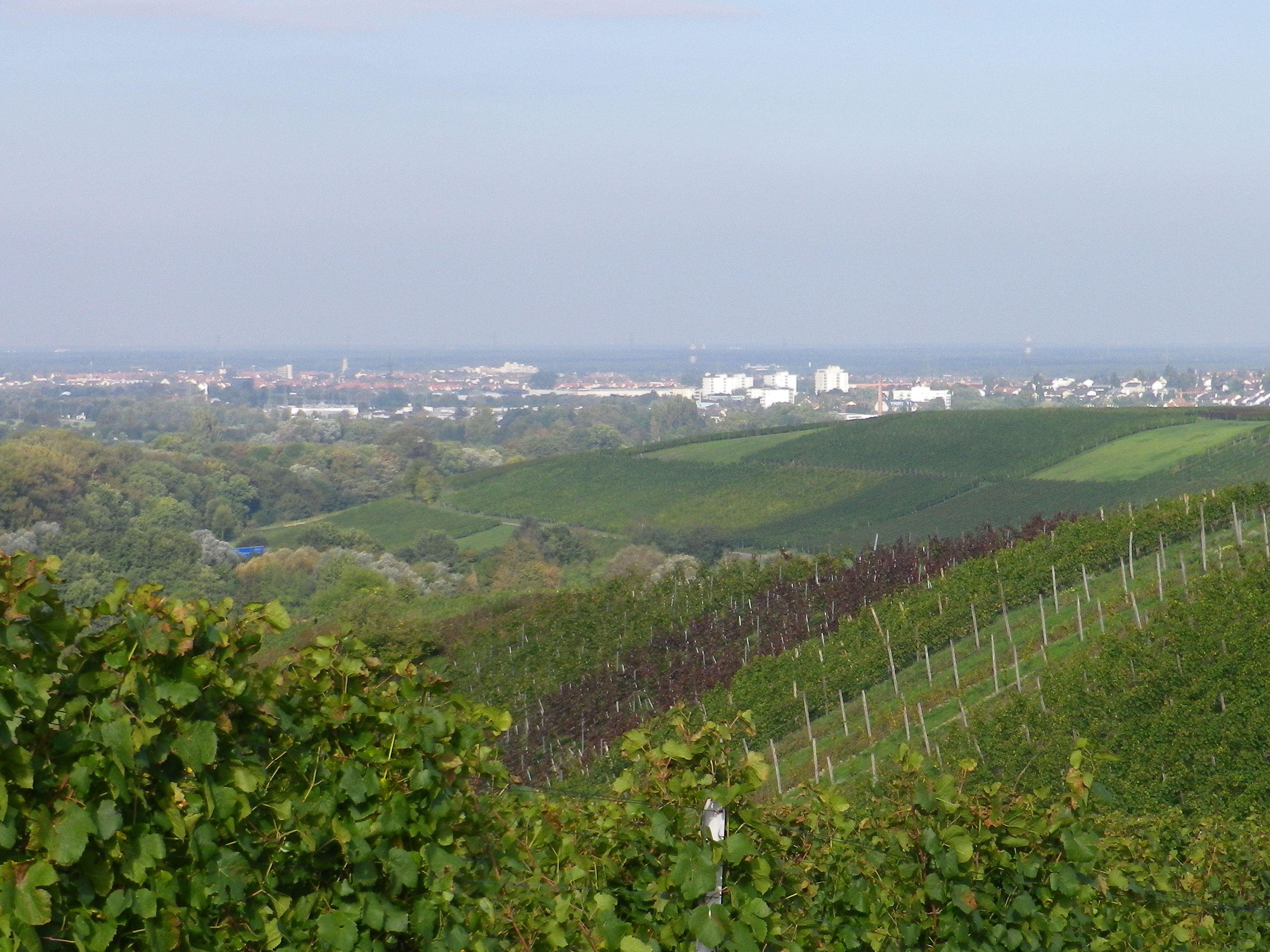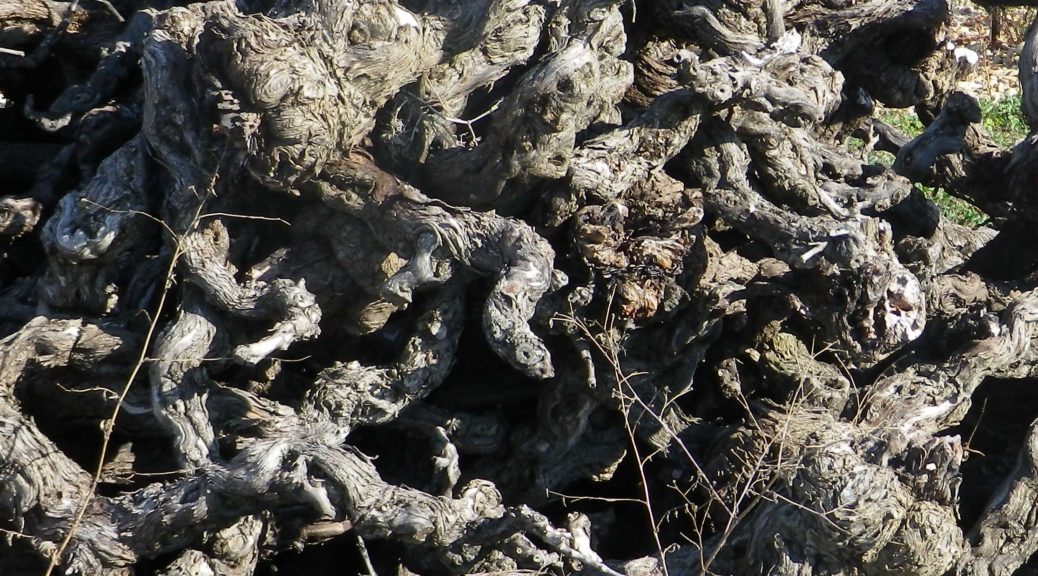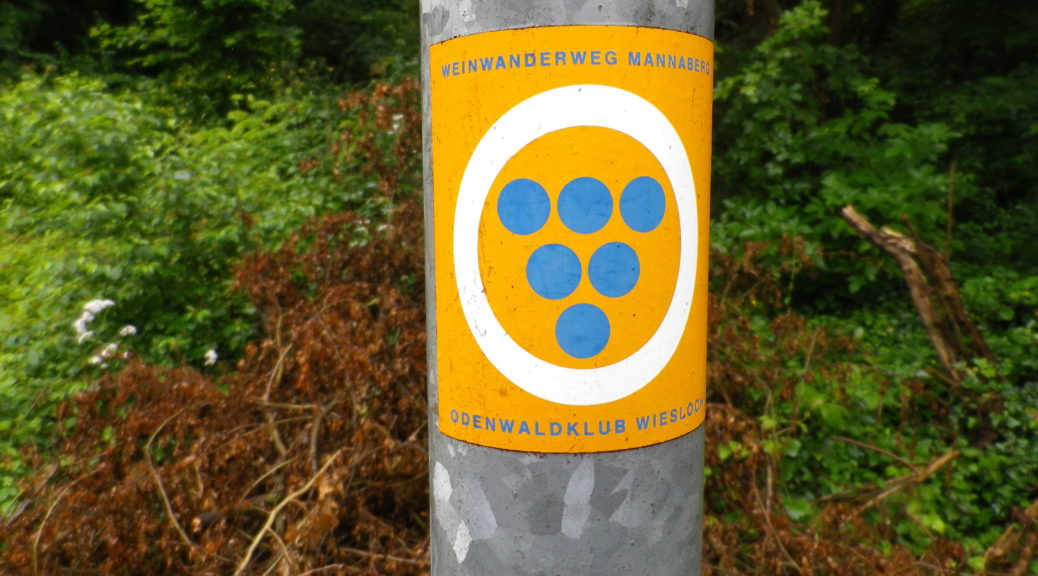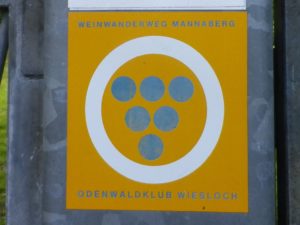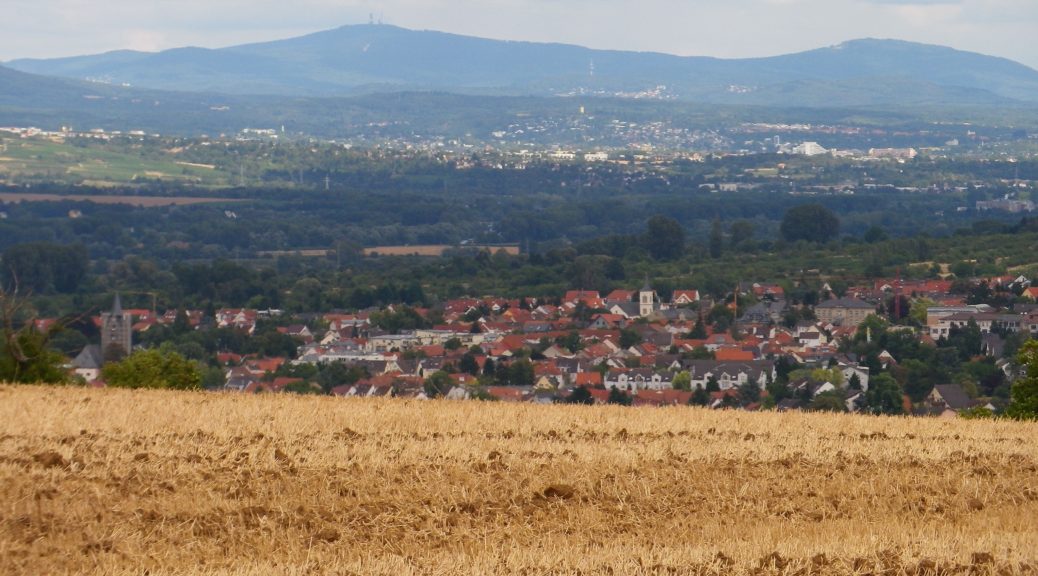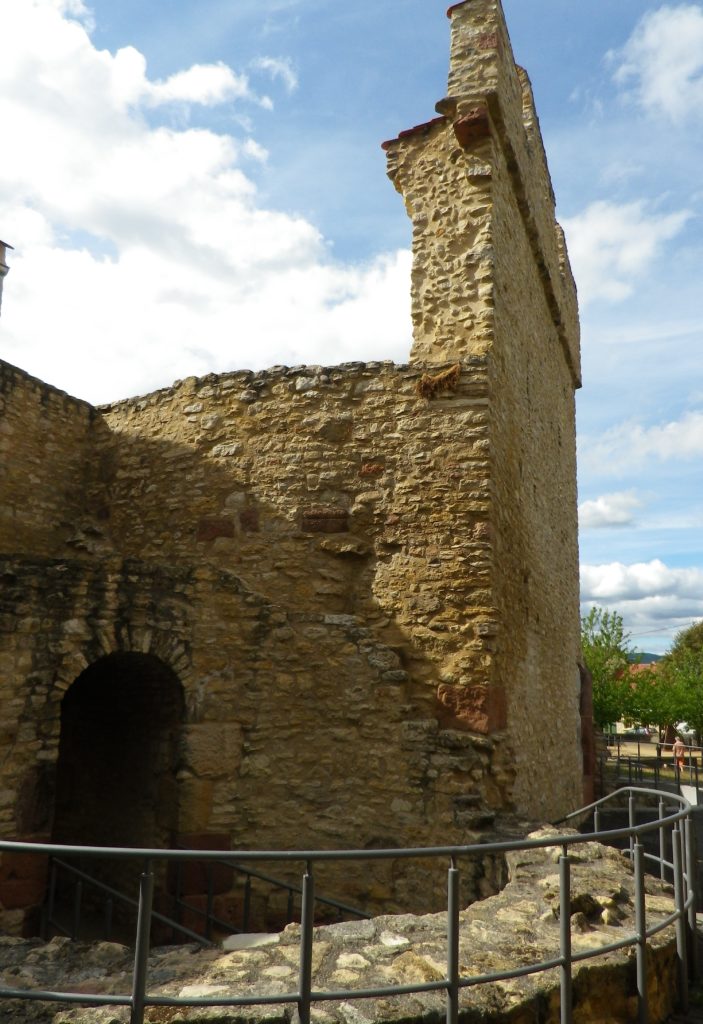Germany’s eastern-most wine producing region is in the region of Saxony, starting not far from the eastern borders Germany shares with Poland and the Czech Republic. Culturally, Saxony has a lot on offer for any culture maven; Historically, from the Carolingian era forward, Saxony played a tremendous role in the political vicissitudes of the German speakers in this region of central Europe, with monuments of all sorts to prove it; Additionally, the Saechsische Schweiz (Saxon Switzerland) region, with its famous rock formations like the Bastei and Lilienstein, provides magnificent hiking trails for visitors to enjoy!
Naturally, the hiking trail I chose was a wine-themed trail. This far east and north, vines usually require a body of water to help moderate the temperatures. In this case, the vineyards primarily flank the right bank of the Elbe River. The trail itself followed through these vineyards, and through several villages, towns and cities associated with wine-making. This trail, almost 90 kilometers long, covers much of the vineyard area for which this part of Saxony is famous, interrupted, if you will, by the huge city of Dresden. Not having time to complete the whole trail, I had to choose one segment. I had previously visited Dresden, itself an important city culturally and historically, but never got to Meissen, home to the famous porcelain factory. Thus, I decided to start in vineyards on the southern edge of Meissen, and hike to the end of the trail.
